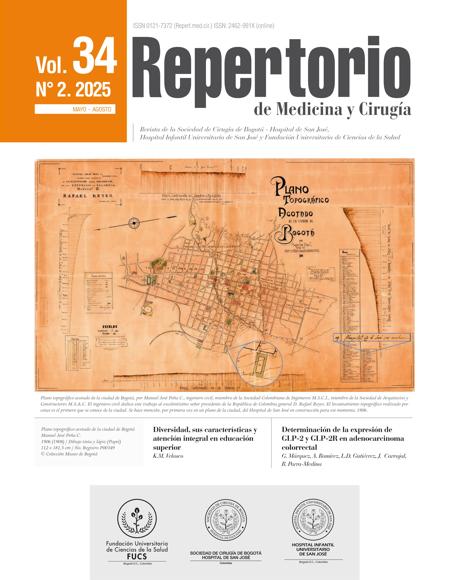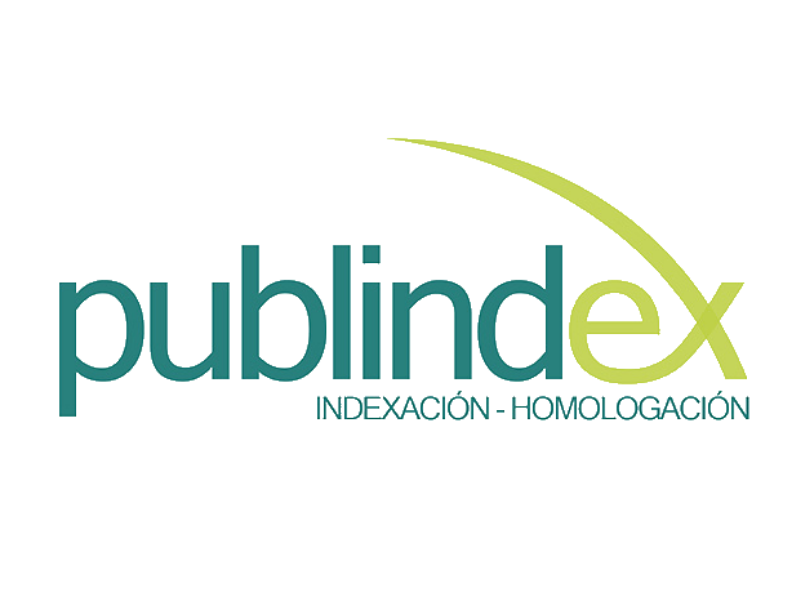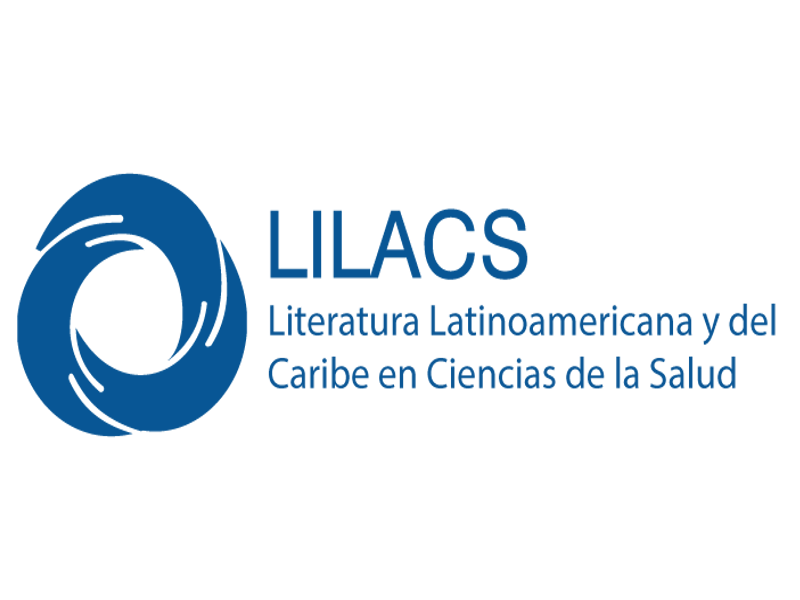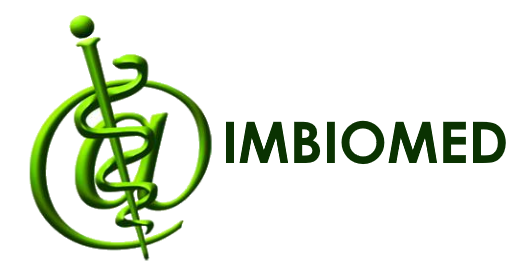Diagnostic and therapeutic approach of hyperprolactinemia in primary care
Enfoque diagnóstico y tratamiento de hiperprolactinemia en la atención primaria
![]()
![]()

Show authors biography
Introduction: hyperprolactinemia is a common condition with multiple etiologies which may be faced by primary care physicians. Objective: to review the updated literature on the diagnostic and therapeutic approach to hyperprolactinemia. Materials and methods: a narrative review of the literature by searching for articles in Medline through Pubmed, SciELO and LILACS. The strategy was developed using Medical Subject Heading Terms (MeSH): hyperprolactinemia, prolactinoma, differential diagnosis, in English, and hiperprolactinemia, prolactinoma, diagnóstico diferencial, in Spanish. Boolean operators “AND” “OR” were used individually or jointly, to obtain concrete and targeted results. Results and Discussion: causes other than pituitary conditions, are very common, including those of physiological, pharmacologic, and tumoral origin or secondary to systemic disorders. A complete clinical history is essential to evaluate the symptoms, or the intake of some medications related to hyperprolactinemia, to arrive at the correct etiology. Conclusions: the diagnostic approach should be oriented towards identifying patients who require further evaluation and management with dopamine agonists, which is reserved for cases with specific indications.
Article visits 663 | PDF visits 335
Downloads
- Vilar L, Vilar CF, Lyra R, Freitas MDC. Pitfalls in the Diagnostic Evaluation of Hyperprolactinemia. Neuroendocrinology. 2019;109(1):7-19. http://dx.doi.org/10.1159/000499694
- Kaiser U, Ho YKEN. Fisiología y evaluación diagnóstica de la hipófisis. En: Melmed S, Auchus RJ, Rosen CJ. Williams Tratado de endocrinología 14th Ed. Elsevier; 2022. p.184–235. http://dx.doi.org/10.1016/B978-84-9113-851-8/00008-0
- Bernard V, Young J, Binart N. Prolactin — a pleiotropic factor in health and disease. Nat Rev Endocrinol. 2019;15(6):356–65. http://dx.doi.org/10.1038/s41574-019-0194-6
- Cidade-Rodrigues C, Cunha FM, Chaves C, Silva-Vieira M, Silva A, Garrido S, et al. The utility of prolactin serial sampling and the best prolactin cut-offs associated with persistent hyperprolactinemia. Porto Biomed J. 2021;6(2):e133. http://dx.doi.org/10.1097/j.pbj.0000000000000133
- Levine S, Muneyyirci-Delale O. Stress-induced hyperprolactinemia: Pathophysiology and clinical approach. Obstet Gynecol Int. 2018;2018:9253083. http://dx.doi.org/10.1155/2018/9253083
- Huang W, Molitch ME. Prolactin and Other Pituitary Disorders in Kidney Disease. Semin Nephrol. 2021;41(2):156–67. https://doi.org/10.1016/j.semnephrol.2021.03.010
- Zou Y, Li D, Gu J, Chen S, Wen X, Dong J, et al. The recurrence of prolactinoma after withdrawal of dopamine agonist: a systematic review and meta-analysis. BMC Endocr Disord. 2021;21(1):225. https://doi.org/10.1186/s12902-021-00889-1
- Lau C, Aw T. A Current Approach to Hyperprolactinemia. Int Arch Endocrinol Clin Res. 2019;5(1):1–8. https://doi.org/10.23937/2572-407X.1510018
- Abreu-Lomba A, Buitrago-Gómez N, Zambrano-Urbano J, Bedoya-Joaqui V, Osorio-Correa V, Velásquez PA, et al. Presentación clínica y respuesta al tratamiento de macroprolactinomas invasivos en mujeres. Cali-Colombia. Rev Argent Endocrinol Metab. 2020;57(3):13–21.
- Melmed S, Casanueva FF, Hoffman AR, Kleinberg DL, Montori VM, Schlechte JA, et al. Diagnosis and treatment of hyperprolactinemia: An endocrine society clinical practice guideline. J Clin Endocrinol Metab. 2011;96(2):273–88. https://doi.org/10.1210/jc.2010-1692
- Auriemma RS, Pirchio R, Pivonello C, Garifalos F, Colao A, Pivonello R. Approach to the Patient With Prolactinoma. J Clin Endocrinol Metab. 2023;108(9):2400-2423. https://doi.org/10.1210/clinem/dgad174
- Glezer A, Bronstein MD. Hyperprolactinemia. 2022 Jan 5. In: Feingold KR, Anawalt B, Blackman MR, Boyce A, Chrousos G, Corpas E, de Herder WW, Dhatariya K, Dungan K, Hofland J, Kalra S, Kaltsas G, Kapoor N, Koch C, Kopp P, Korbonits M, Kovacs CS, Kuohung W, Laferrère B, Levy M, McGee EA, McLachlan R, New M, Purnell J, Sahay R, Shah AS, Singer F, Sperling MA, Stratakis CA, Trence DL, Wilson DP, editors. Endotext. South Dartmouth (MA): MDText.com, Inc.; 2000.
- Chen AX, Burt MG. Hyperprolactinaemia. Aust Prescr. 2017;40(6):220-224. https://doi.org/10.18773/austprescr.2017.060
- Matalliotakis M, Koliarakis I, Matalliotaki C, Trivli A, Hatzidaki E. Clinical manifestations, evaluation and management of hyperprolactinemia in adolescent and young girls: a brief review. Acta Biomed. 2019;90(1):149-157. https://doi.org/10.23750/abm.v90i1.8142
- Vilar L, Vilar F, Freitas C. Pitfalls in the Diagnostic Evaluation of Hyperprolactinemia. 2019;109(1):7–19. https://doi.org/10.1159/000499694
- Cozzi R, Ambrosio MR, Attanasio R, Battista C, Bozzao A, Caputo M, et al. Italian Association of Clinical Endocrinologists (AME) and International Chapter of Clinical Endocrinology (ICCE). Position statement for clinical practice: prolactin-secreting tumors. Eur J Endocrinol. 2022;186(3):P1–P33. https://doi.org/10.1530/EJE-21-0977
- Samperi I, Lithgow K, Karavitaki N. Hyperprolactinaemia. J Clin Med. 2019;8(12):2203. https://doi.org/10.3390/jcm8122203
- Thapa S, Bhusal K. Hyperprolactinemia. In: StatPearls [Internet]. 2022. p.1–16.
- Navy H, Gardner K. Strategies for managing medication-induced hyperprolactinemia. Curr Psychiatr. 2018;17(3):42–6.
- Mana DL, Danilowicz K, Rizzo LFL. Impacto de la prolactina en psiquiatría. Separata. 2021;29(6):1–36.
- Hamed EA, Sayyed HG, Abbas AM, Gaber MMA, El Aleem HMA. Nesfatin-1, Dopamine, and NADPH levels in Infertile Women with Polycystic Ovary Syndrome: Is There a Relationship Between Their Levels and Metabolic and Hormonal Variables. J Reprod Infertil. 2022;23(3):160–8. https://doi.org/10.18502/jri.v23i3.10006
- Davoudi Z, Araghi F, Vahedi M, Mokhtari N, Gheisari M. Prolactin level in polycystic ovary syndrome (Pcos): An approach to the diagnosis and management. Acta Biomed. 2021;92(5):e2021291. https://doi.org/10.23750/abm.v92i5.9866
- Rodier C, Courbière B, Fernandes S, Vermalle M, Florence B, Resseguier N, et al. Metoclopramide Test in Hyperprolactinemic Women With Polycystic Ovarian Syndrome: Old Wine Into New Bottles? Front Endocrinol (Lausanne). 2022;13:832361. https://doi.org/10.3389/fendo.2022.832361
- Biagetti B, Ferrer R, Alfayate R, Álvarez E, Berlanga E, Casals G, et al. Macroprolactina: del laboratorio a la práctica clínica. Recomendaciones del grupo de trabajo de laboratorio de la SEEN y de la comisión de hormonas de la SEQCML sobre la medición e informe del resultado de la macrop. Endocrinol Diabetes y Nutr. 2022;69(1):63–9. https://doi.org/10.1016/j.endinu.2020.12.002
- Ntali G, Wass JA. Epidemiology, clinical presentation and diagnosis of non-functioning pituitary adenomas. Pituitary. 2018;21(2):111–8. http://dx.doi.org/10.1007/s11102-018-0869-3
- Niculescu DA, Gheorghiu ML, Poiana C. Radiotherapy in aggressive or dopamine agonists resistant prolactinomas; is it still worthwhile? Eur J Endocrinol. 2023;188(4):R88–97. https://doi.org/10.1093/ejendo/lvad044
- Morandi Stumpf MA, Pinheiro FMM, Silva GO, Cescato VAS, Musolino NRC, Cunha-Neto MBC, et al. How to manage intolerance to dopamine agonist in patients with prolactinoma. Pituitary. 2023;26(2):187–96. https://doi.org/10.1007/s11102-023-01313-8
- Budayr A, Tan TC, Lo JC, Zaroff JG, Tabada GH, Yang J, et al. Cardiac valvular abnormalities associated with use and cumulative exposure of cabergoline for hyperprolactinemia: The CATCH study. BMC Endocr Disord. 2020;20(1):25. https://doi.org/10.1186/s12902-020-0507-8
- Steeds RP, Stiles CE, Sharma V, Chambers JB, Lloyd G, Drake W. Echocardiography and monitoring patients receiving dopamine agonist therapy for hyperprolactinaemia: A joint position statement of the British Society of Echocardiography, the British Heart Valve Society and the Society for Endocrinology. Echo Res Pract. 2019;6(1):G1–G8. https://doi.org/10.1530/ERP-18-0069
- Krysiak R, Kowalcze K, Okopień B. Sexual function and depressive symptoms in young women with hypoprolactinaemia. Clin Endocrinol (Oxf). 2020;93(4):482–488. https://doi.org/10.1111/cen.14283
- Krysiak R, Kowalcze K, Okopień B. Sexual function and depressive symptoms in men with hypoprolactinaemia secondary to overtreatment of prolactin excess: A pilot study. Endocrinol Diabetes y Nutr. 2022;69(4):279–88. https://doi.org/10.1016/j.endien.2021.03.004












